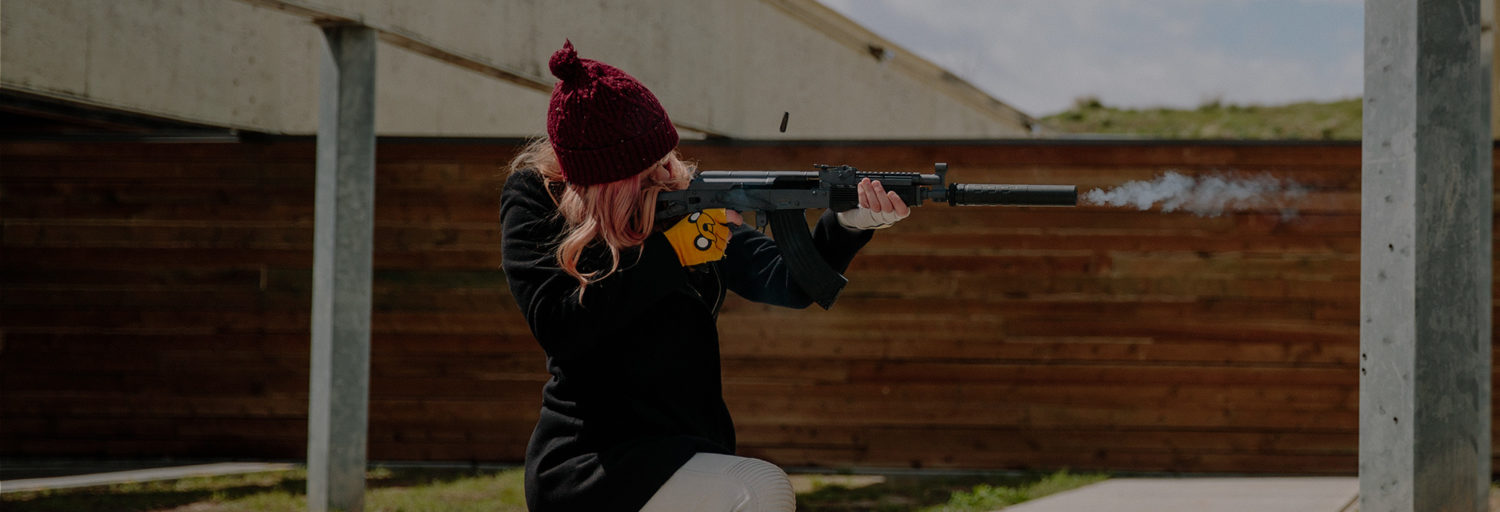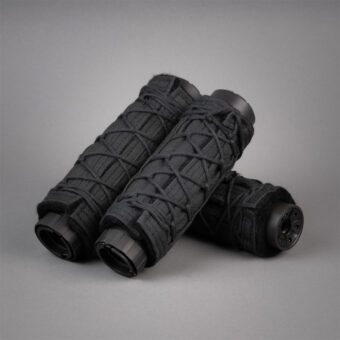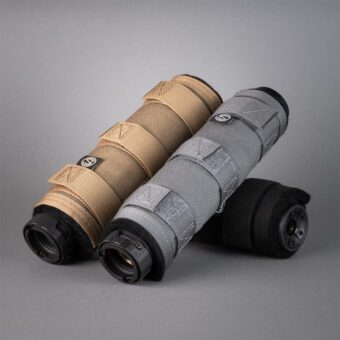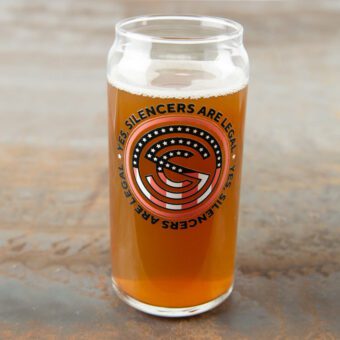The Faux Suppressor: Shoot Through Cans
Travis Pike
The rise of faux suppressors is most certainly an interesting trend. Faux suppressors, as the name suggests, are fake suppressors — devices that attach to the end of your barrel and look like real suppressors but don’t perform any sound suppression. They’re completely legal and do nothing to suppress gunshots. Unlike actual suppressors, these devices are legal in every state.
While the National Firearms Act regulates suppressors at the federal level, many states have their own restrictions, with some banning them outright. This has contributed to the growing popularity of faux suppressors, which serve various purposes and can be useful in certain situations.
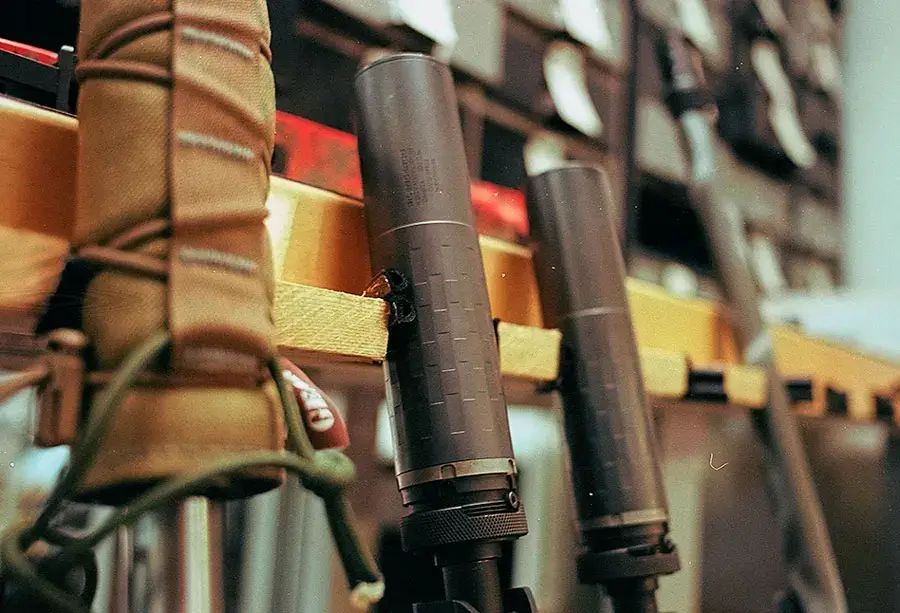
What Is A Faux Suppressor?
At its core, a faux suppressor is nothing more than a metal tube. It functions more like a barrel extension than a suppressor. Inside, there are no baffles or chambers to reduce noise by slowing and cooling gas.
To be clear, faux cans do absolutely nothing to reduce noise. Their purpose is to mimic the appearance and feel of a real suppressor without the legal complications. They’re primarily used for training or aesthetic purposes.
How Do Faux Suppressors Work?
Faux suppressors are simple devices. In most cases, they attach to the barrel via threading, allowing the projectile to pass safely through the tube. Though they are inert, faux suppressors are often made to the same high standards as real suppressors, designed to handle the pressure from gunfire. While they don’t offer much in terms of ballistic performance, they can provide minimal flash suppression and add some weight, which helps reduce muzzle rise.
As far as usefulness goes, they are extremely handy for training purposes.
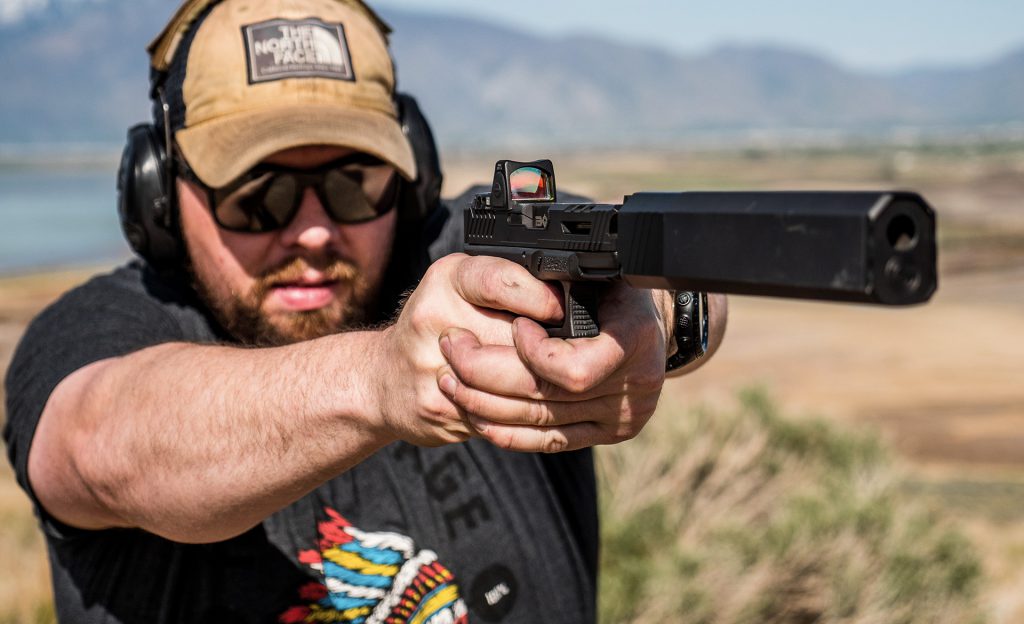
Why Use a Trainer Can?
Suppose you want to attend a training class with your rifle. If your suppressor is a key part of your setup, it makes sense to train with it. But if the class is held in a state with strict suppressor laws, you may not be able to bring it legally. A faux suppressor allows you to train with a rifle that will handle similarly to your suppressed setup, giving you the same weight and length without the legal hassle.
Faux suppressors are also useful in force-on-force training scenarios where using a real suppressor might be impractical or unsafe, especially with non-lethal training rounds like chalk, paint, or polymer rounds.
In short, faux suppressors provide a legal and effective way to train in states with restrictive suppressor laws or when using ammunition types unsuitable for real cans.
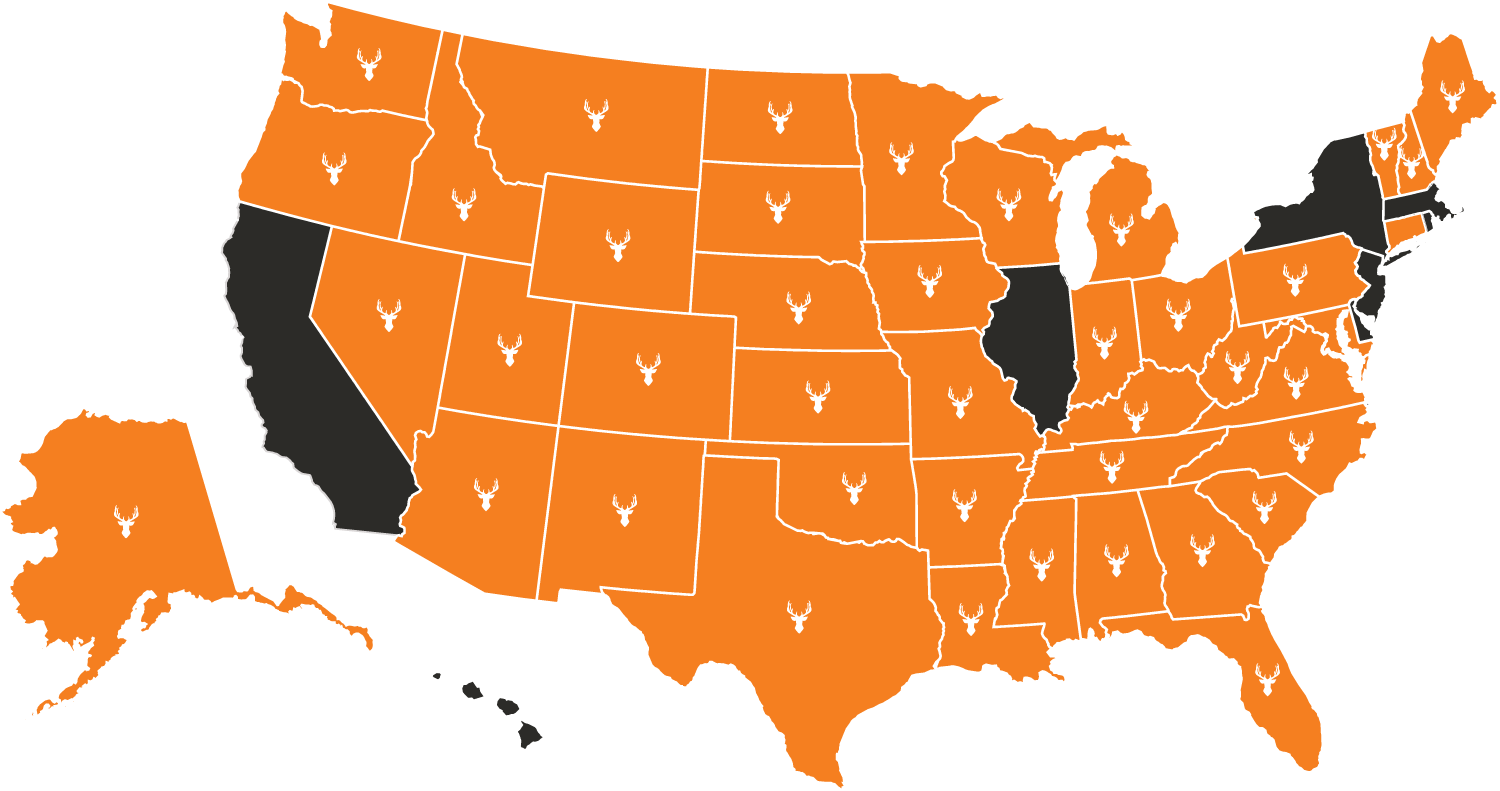
Beyond Training
While faux suppressors are practical for training, that’s not their only use. Eight states — California, New York, New Jersey, Massachusetts, Delaware, Rhode Island, Illinois, and Hawaii — restrict suppressor ownership. For residents of these states, faux suppressors offer the look and feel of a real can, which can be valuable for aesthetic reasons.
Some folks like to ‘clone’ military, police, and even pop culture guns, and faux suppressors allow them to replicate the appearance of suppressed setups legally. They can also be used to cover longer-than-average barrels, which are sometimes required to avoid paying a tax stamp under the NFA. For example, guns like the MP5 were never designed for 16-inch barrels, but due to NFA regulations, they are required to avoid a tax stamp.
In this situation, the gun looks awfully goofy with its long barrel. A faux suppressor can cover the barrel and reduce the goof, if you will. In this case, the faux suppressor is a barrel cover rather than a barrel extension, and gives the gun a more authentic appearance.
In other cases, faux suppressors can be permanently attached to a weapon to extend the barrel to legal limits. If pinned and welded to ATF standards, a faux suppressor can turn a large-format pistol into a rifle without needing to create a short-barreled rifle.
In rare situations, faux suppressors serve as placeholders. For instance, the CZ Scorpion Micro has come with a faux suppressor called the “Faux Osprey” from SilencerCo.
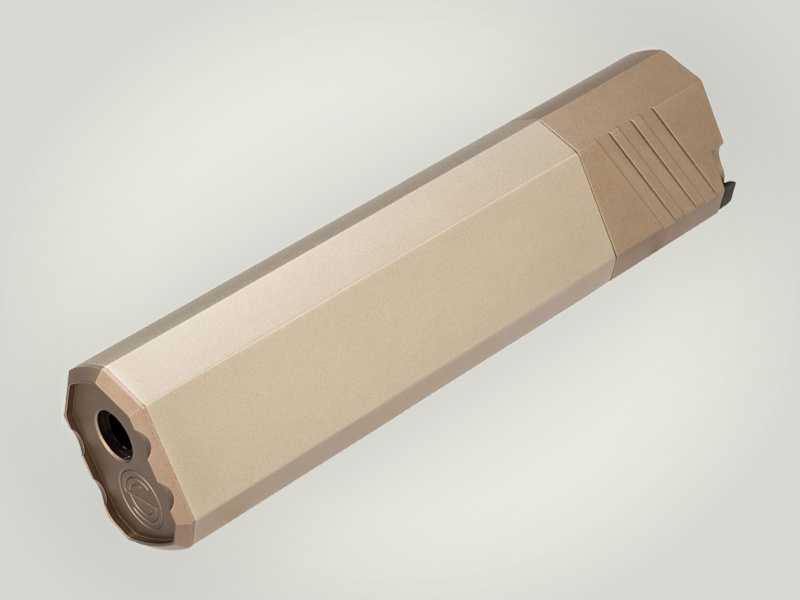
The Downside to Faux Suppressors
The most obvious downside is the lack of sound suppression. You get the weight and length of a real suppressor, but none of the benefits. These devices aren’t cheap, as they are built to withstand the blast of a firearm — a task that requires quality manufacturing.
It’s also wise to be ready to explain to law enforcement that it’s not a real suppressor. These things often look very real and, at first glance, can get you a bit of attention. It’s typically easy to explain that it’s not a functional suppressor, but this can still be a minor inconvenience.
Should You Invest in a Faux Suppressor?
If you frequently train or travel to states with strict suppressor laws, a faux suppressor can be a worthwhile investment. Aesthetic reasons are entirely personal, but if you want to replicate your favorite rifles or convert a pistol into a rifle, faux suppressors can be useful.
Will fake suppressors replace real cans? Of course not. They are, after all, just metal tubes. If you can legally own a suppressor, that’s the better choice.
However, for training, aesthetics, or converting a pistol into a rifle, faux suppressors offer valid reasons to invest. Aside from that, you’ll be better suited with a real suppressor.


